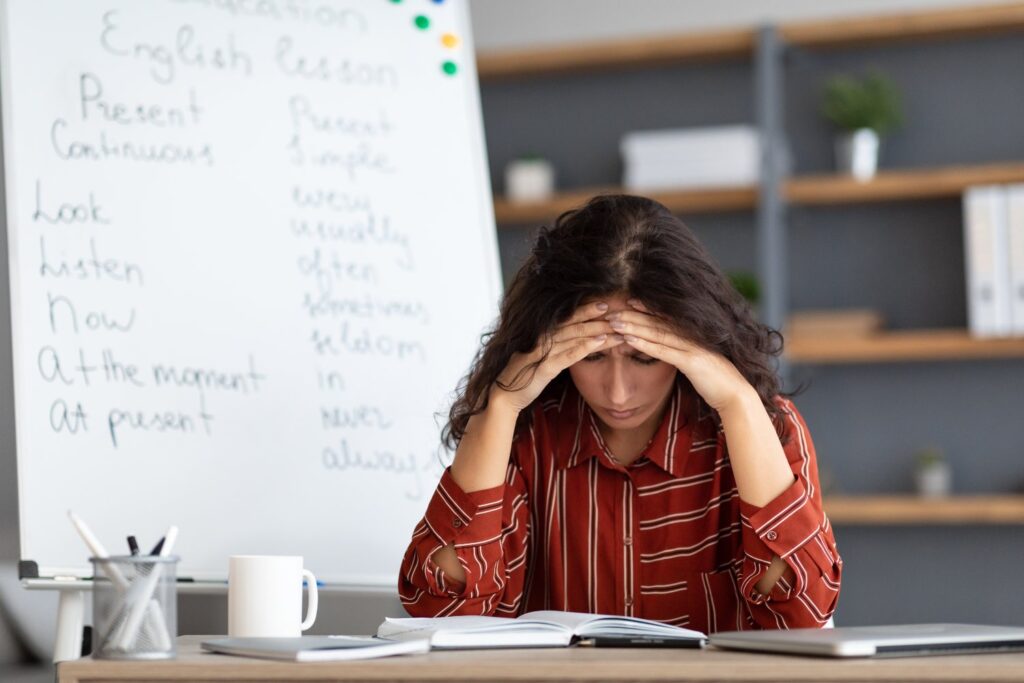The teacher-student ratio is the number of teachers available in relation to the number of students. This ratio plays a crucial role in determining students’ education quality.
Education is a fundamental right that every child deserves to have. In many countries, governments aim to provide access to quality education for all children, regardless of their background or socioeconomic status.
However, providing quality education is more than just access to resources and facilities. It also depends on the teacher-student ratio.
One frequently asked question is, “How many students can a teacher have?” The answer to this question is complex, as it depends on various factors.
These factors include the age of the students, the subject matter, the teaching style, and the teacher’s experience and qualifications.
This article aims to explore the ideal teacher-student ratio and the factors that influence it. We will discuss the effects of large class sizes on student learning and teacher burnout.

The Ideal Ratio
The ideal teacher-student ratio for effective learning can depend on various factors, such as the age of the students, the subject matter being taught, the level of difficulty of the material, and the teaching methods used.
However, research suggests that smaller class sizes and lower teacher-student ratios generally lead to better academic outcomes and student engagement.
For example, a meta-analysis of 127 studies found that smaller class sizes positively affected academic achievement, particularly in the early grades.
Another study by the National Bureau of Economic Research found that reducing class sizes in early grades led to higher test scores and improved long-term outcomes. It also leads to higher graduation rates and increased college enrollment.
The ideal teacher-student ratio may vary depending on each classroom’s context and specific needs. A ratio of 15-20 students per teacher is generally effective for promoting student learning and engagement.
How Age Comes Into Play
The age of students can have an impact on the ideal teacher-student ratio for effective learning. Younger students, such as those in primary or elementary school, generally benefit from smaller class sizes and lower teacher-student ratios. Younger students require more individual attention and guidance to develop basic skills such as reading, writing, and math.
The ideal teacher-student ratio can increase as students age and progress through secondary and higher education. Older students require less individual attention and can benefit from more independent learning experiences.
However, even for older students, smaller class sizes can still benefit from promoting student engagement and creating more opportunities for personalized instruction.
Overall, the ideal teacher-student ratio can vary depending on the students’ age and the classroom’s specific needs. However, research suggests that smaller class sizes and lower teacher-student ratios generally lead to better academic outcomes and improved student engagement, particularly for younger students.
How Subjects Affect Teacher-Student Ratio
The impact of subject matter on the teacher-student ratio can depend on the subject’s complexity and nature.
Generally, subjects that require more individual attention and guidance, such as language arts, math, and science, benefit from smaller class sizes and lower teacher-student ratios.
In language arts, for example, students need individual attention and feedback to develop their reading and writing skills. With a smaller class size, teachers can provide more personalized instruction and feedback to each student, helping them to improve their skills and comprehension.
Students in math and science often require more individualized instruction and support to grasp complex concepts and problem-solving strategies.
Smaller class sizes can facilitate more interactive and hands-on learning experiences, allowing students to ask questions, work collaboratively, and receive more individual attention.
On the other hand, subjects such as physical education or art may require less individual attention and can benefit from higher teacher-student ratios.
Students may engage in more independent or group activities in these subjects, and individual attention may not be as necessary.
Consequences Of Large Class Sizes
Large class sizes can have a significant impact on student learning and achievement. One of the most significant consequences is a reduction in individual attention.
With more students to manage, teachers may struggle to provide personalized instruction to each student, leaving those who require additional help or have specific learning needs behind. This lack of individual attention can make it harder for students to succeed academically.
Another consequence of large class sizes is decreased engagement. Students in large classes may feel overwhelmed or lost in the crowd, leading to reduced participation and engagement.
Students may be less likely to ask questions or participate in discussions, which can further detract from their learning experience.
Limited feedback is another issue that can arise in large classes. With more students to manage, teachers may not have enough time to provide detailed assignment feedback.
This can limit opportunities for students to improve their work and achieve higher grades. This can affect students’ academic achievement and limit their growth potential.
Research also suggests that large class sizes can lead to lower academic achievement. Students in large classes may have lower test scores and grades and may be less likely to complete their homework or attend class regularly. This can impact their academic success and limit their future opportunities.
Finally, large classes can present challenges for classroom management. With more students, there is a higher likelihood of disruptive behavior, which can detract from learning and make it harder for teachers to maintain control of the classroom.
Final Thoughts
In conclusion, a teacher’s ideal number of students depends on several factors. This includes the age of the students, the subject matter being taught, and the teaching methods used.
The teacher-student ratio is an important consideration when determining the appropriate class size.
Smaller class sizes and lower teacher-student ratios generally lead to better academic outcomes and student engagement. Particularly for younger students or subjects that require more individual attention and guidance.
While there is no one-size-fits-all answer to the question of how many students a teacher can have, it is clear that maintaining an appropriate teacher-student ratio is crucial for effective learning and academic success.



